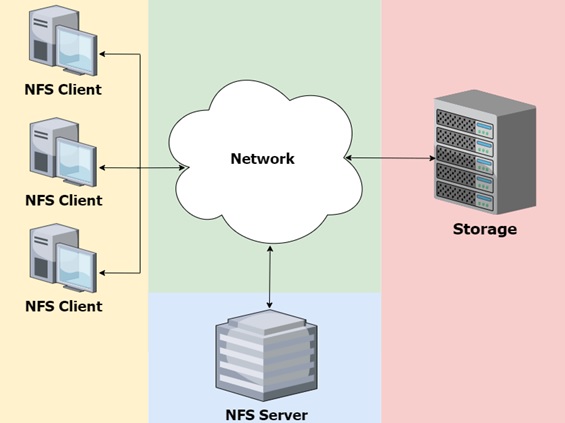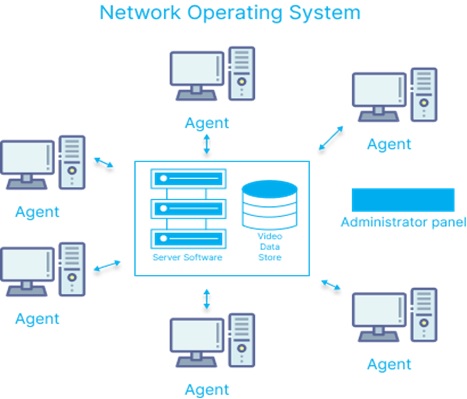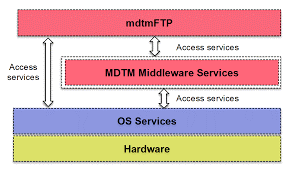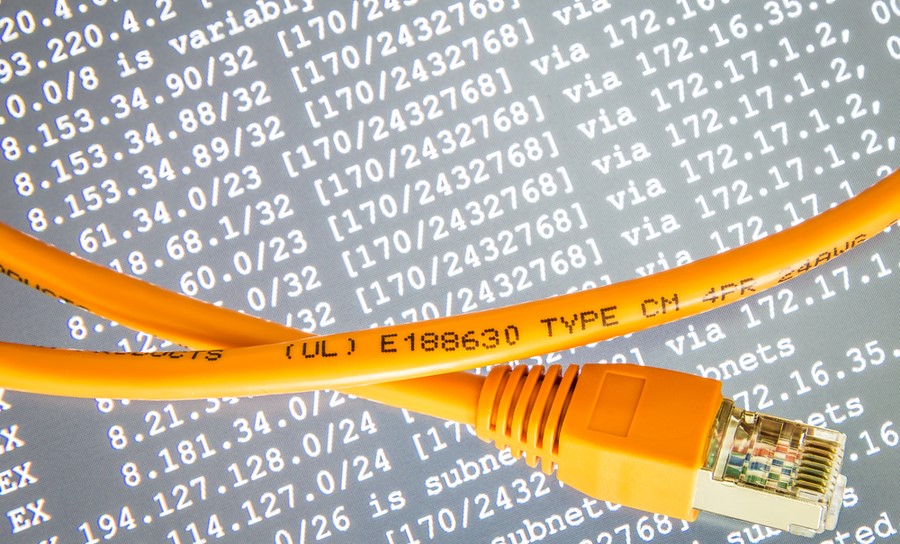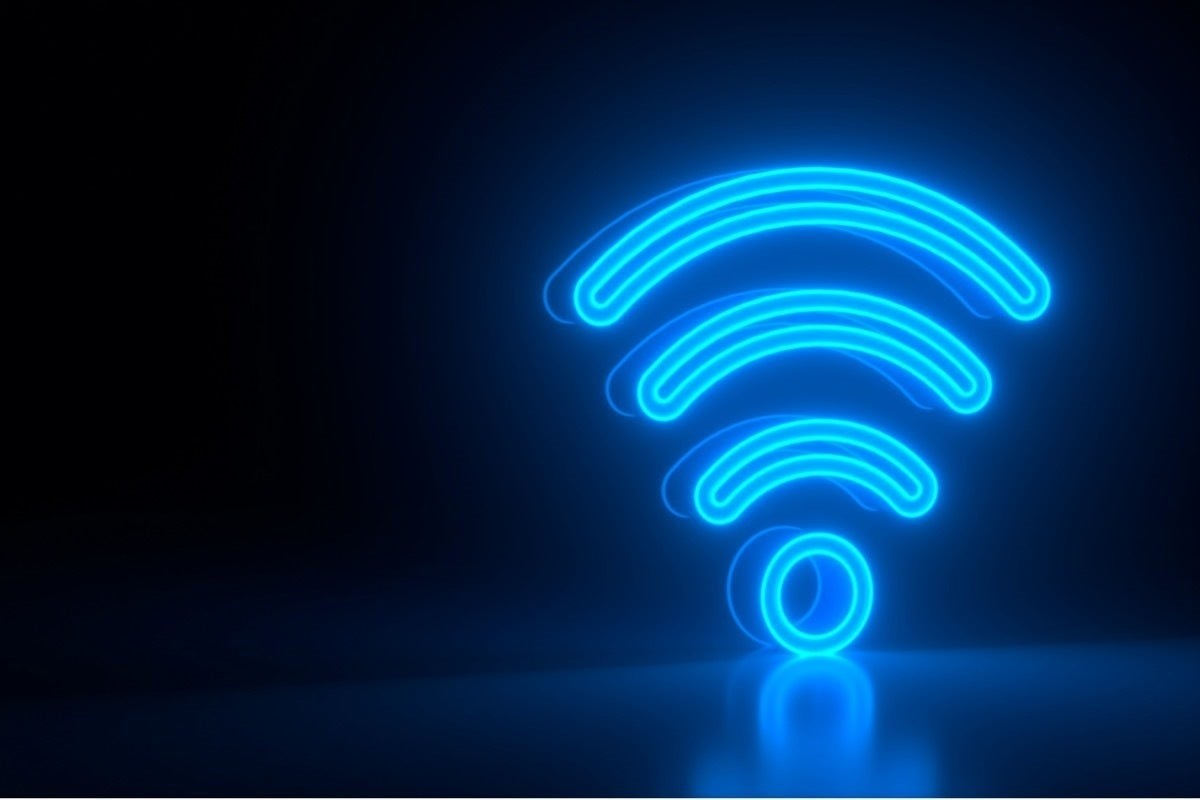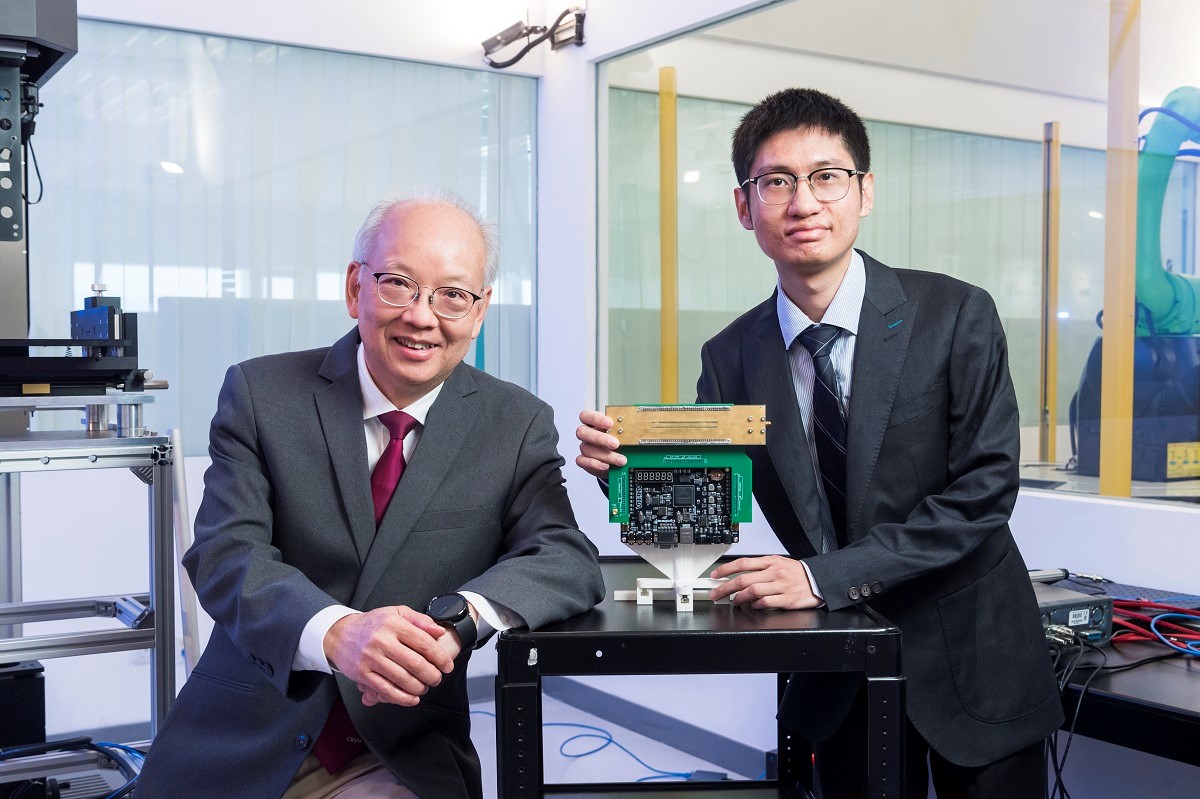The Power of Niobium: A Quantum Leap in B5G/6G Signal Transmission!
In a significant stride within the realm of Beyond 5G/6G (B5G/6G) signal transmission, a team of dedicated researchers has achieved a groundbreaking discovery. The innovative minds behind this advancement, Taku Nakajima and Kazuji Suzuki, hailing from Nagoya University in Japan, joined forces with a group of collaborators to devise a niobium-based waveguide. This pioneering technology promises to accelerate the transition of B5G/6G signals, heralding a new era of high-speed communication.
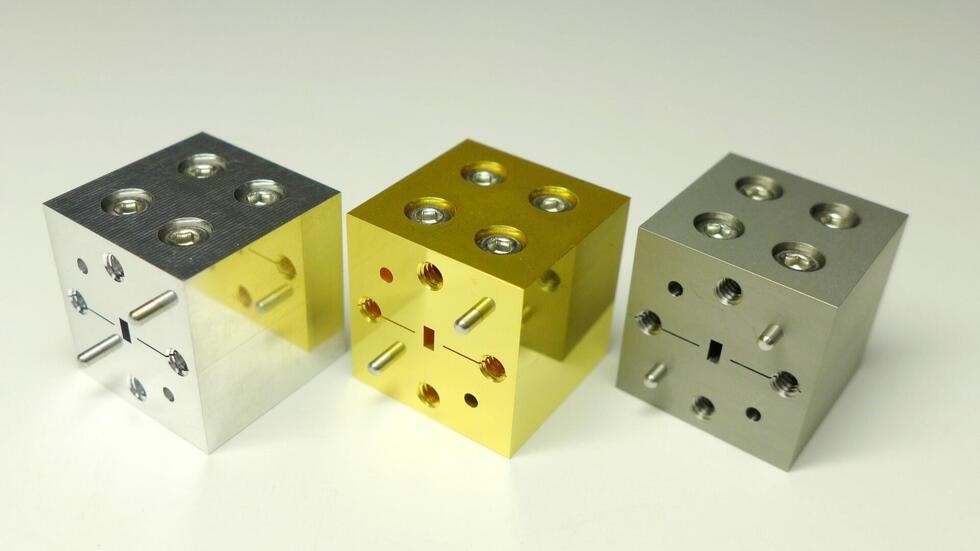
Figure 1. 20mm length waveguides. (Credit: Taku Nakajima)
Figure 1 shows Researchers fabricated 20mm length waveguides made of the superconducting metal niobium (right). It shows improved conductivity compared with normal metal materials such as a gold-plated tellurium copper (middle) and aluminium alloy (left), and can transmit radio waves that are necessary for B5G/6G communications.
As the frequency of data waves has steadily surged with the introduction of B5G/6G technologies, the existing metal transmission lines have had to adapt to handle these new demands. Consequently, researchers have honed in on superconducting metals, such as niobium, which not only exhibit lower transmission loss but can also cope with the elevated frequencies associated with these advanced communication systems.
Nakajima and his fellow researchers embarked on the journey of evaluating niobium's potential within the context of a waveguide. A waveguide, in essence, is a three-dimensional transmission line, often in the form of a metal tube, that serves to guide and confine waves along a predetermined path. This design minimizes losses due to radiation and absorption. However, working with niobium proved to be a formidable challenge, as it was susceptible to deformation and damage during fabrication and handling.
Nakajima explained, "Fabricating a physical model of a waveguide was very difficult. At first, it was not possible to process it with any precision at all." The initial attempts resulted in milling burrs, unwanted projections on the metal. "We tried to search for the best cutting tool and cutting parameters and eventually found that diamond-like carbon-coated tools were the best. This trial-and-error process took several months."
Through their meticulous efforts, the researchers successfully crafted rectangular waveguides capable of transmitting radio waves in the 100 GHz band, a vital component of B5G/6G communications. They conducted a comparative analysis of niobium's conductivity against common non-superconducting waveguide materials, including gold-plated tellurium copper and aluminum alloy. These tests were conducted at both room temperature and low temperatures, as superconducting metals exhibit varying characteristics under cooling conditions, entering a state known as superconductivity, characterized by extremely low electrical resistance.
Nakajima elaborated, "As expected, we found that the conductivity improves as the temperature of the metal decreases, resulting in reduced losses in the circuit." He continued, "Using electromagnetic field simulations, we calculated the conductivity and transmission loss of each metal. The conductivity of niobium in the superconducting state was 1,000 to 10,000 times higher than that of the aluminum alloy. Furthermore, the transmission loss of niobium in the superconducting state was calculated to be several tenths that of other metals. These two factors contribute to the creation of a high-quality, high-precision communication environment."
The implications of this study are profound, extending to a wide array of applications in B5G/6G communications. Nakajima stated, "By applying the results of this research, an unprecedented ultra-sensitive receiving system can be realized in radio telescope receivers for astronomical observations, where waveguide circuits are already widely used, and in environmental measurement equipment for the Earth's atmosphere. This will open up new fields of scientific observation using high-frequency radio waves, such as the observation of very distant galaxies in the early universe, which emit only very weak radio waves, or the monitoring of changes in trace atmospheric constituents in the Earth's upper atmosphere."
This remarkable achievement was made possible through the collaboration of researchers not only from Nagoya University but also from the National Astronomical Observatory of Japan, Kawashima Manufacturing Co., and the National Institute of Information and Communications Technology. The team's findings have been detailed in the Journal of Physics, marking a pivotal moment in the evolution of high-frequency communication technology.
Source: Nagoya University
Cite this article:
Hana M (2023), The Power of Niobium: A Quantum Leap in B5G/6G Signal Transmission!, AnaTechMaz, pp. 118


